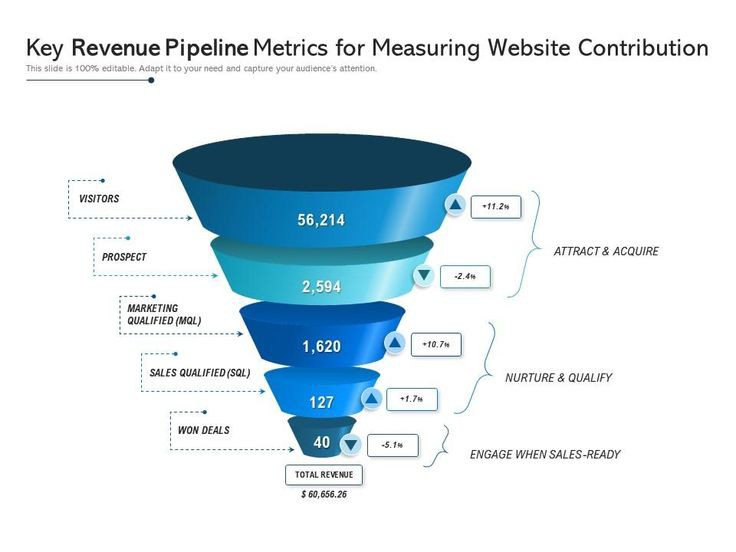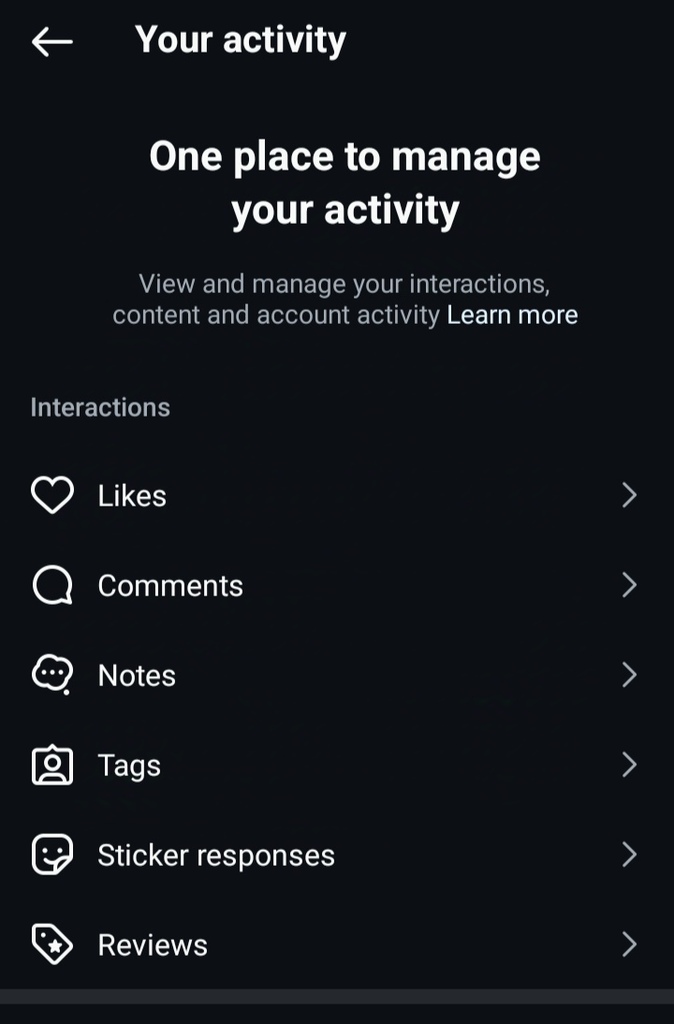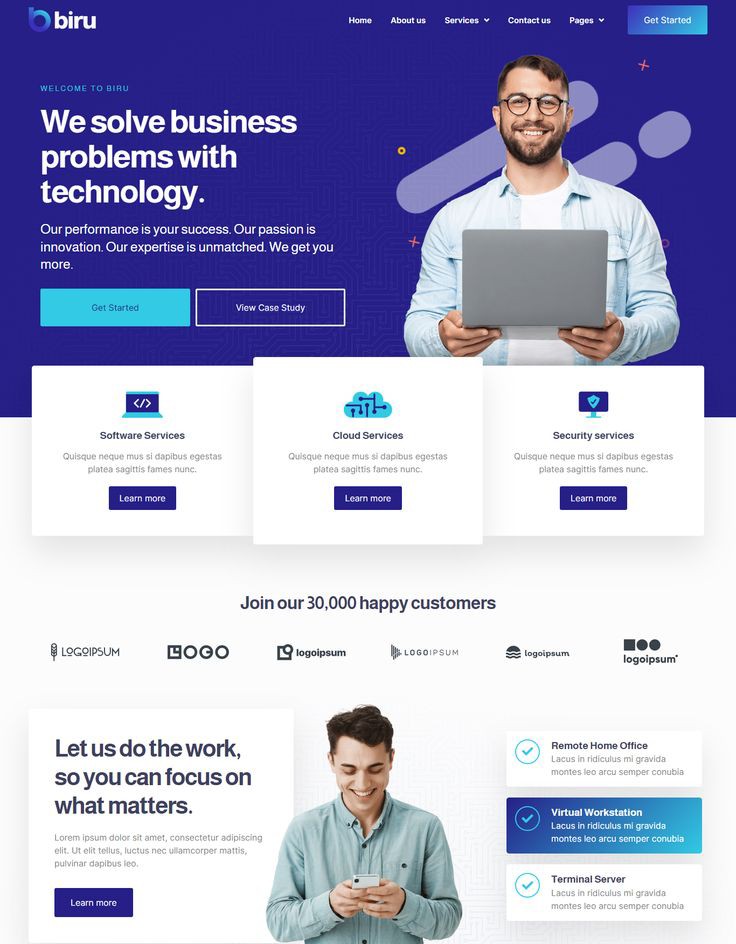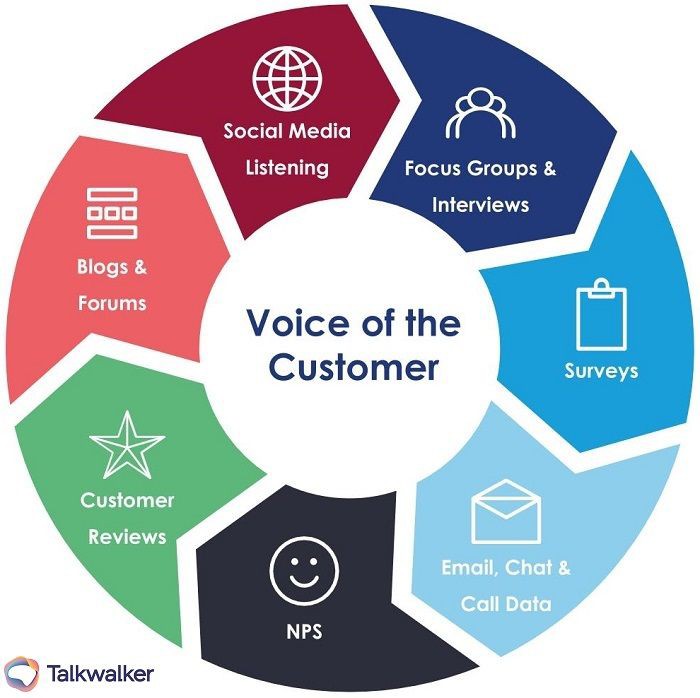In the fast-paced digital world, knowing your customer is everything. While face-to-face interactions offer insight into customer preferences, the majority of today’s interactions happen online. So, how do you understand your customers when they’re just clicks on a screen? The answer lies in website analytics.

By analyzing how visitors interact with your website, you gain invaluable data on their behavior, preferences, and needs. This allows you to tailor your offerings, improve user experience, and ultimately drive more conversions. Let’s dive into how website analytics can help you better understand your customers and serve them more effectively.
What Are Website Analytics?
Website analytics involves tracking and analyzing data about how visitors use your site. This includes everything from how they found your site to which pages they spent the most time on. Using tools like Google Analytics, you can gather detailed insights on traffic, user behavior, demographics, and even what devices your visitors are using.
The Power of Tracking Customer Behavior
Customer behavior on your website tells a story. Do visitors spend a long time on your product pages but fail to complete a purchase? Are certain pages consistently abandoned? By analyzing these patterns, you can identify pain points in the customer journey and make adjustments that better align with their needs.
For example, if you notice that users frequently exit your site after viewing your pricing page, it might indicate that your pricing isn’t clear or appealing enough. Small tweaks based on these insights can make a big difference in how customers engage with your brand.

Key Metrics to Watch
To truly understand your customers through website analytics, there are several key metrics you should be monitoring:
- Traffic Sources – This tells you where your visitors are coming from. Are they finding you through search engines, social media, or paid ads? Knowing this helps you focus your marketing efforts on channels that are driving the most engagement.
- Bounce Rate – This measures the percentage of visitors who leave your site after viewing just one page. A high bounce rate could mean your landing pages aren’t meeting customer expectations.
- Time on Site – The longer visitors stay on your website, the more engaged they are with your content. Tracking time on site can show you which pages or posts capture the most interest.
- Conversion Rate – This is the percentage of visitors who complete a desired action, like making a purchase or filling out a contact form. If your conversion rate is low, it might be time to rethink your user experience or CTA (call to action).
- Exit Pages – These are the last pages visitors view before leaving your site. Identifying common exit pages helps you understand where the customer journey is falling short.
Personalizing Customer Experience Through Data
Analytics allows you to tailor the customer experience based on real behavior. Let’s say your analytics reveal that a significant portion of your audience is visiting from mobile devices, but your mobile bounce rate is high. This tells you that your mobile site isn’t delivering a smooth experience, prompting you to optimize for mobile users.
Additionally, by understanding which products or services are frequently viewed but not purchased, you can create personalized email marketing campaigns offering discounts or additional information to re-engage those potential customers.
Improving Content with Analytics
Your website content is a key factor in keeping customers engaged. Analytics helps you understand which blog posts or product pages are resonating with visitors. If certain topics or formats consistently attract more traffic or shares, you can double down on creating similar content.
By tracking search queries on your website, you also gain insight into what customers are looking for. If users are consistently searching for information you don’t currently provide, this is an opportunity to fill the gap and meet their needs more effectively.

Using A/B Testing to Meet Customer Needs
A/B testing, also known as split testing, is a powerful way to optimize your website based on customer preferences. You can test different versions of web pages, CTAs, or even entire marketing campaigns to see which version performs better. Over time, these small experiments can lead to significant improvements in customer satisfaction and conversion rates.
Enhancing Customer Support with Analytics
Website analytics can also reveal customer pain points related to support. For example, if you notice a high bounce rate on your FAQ or support pages, it may mean that customers aren’t finding the information they need. Use this data to improve your support content or integrate live chat options to better address customer queries.
Conclusion: Unlocking Customer Insights with Analytics
Understanding your customers is the key to delivering a better online experience, and website analytics gives you the tools to do just that. By paying attention to traffic patterns, behavior metrics, and conversion rates, you gain a clear picture of what your customers want and how you can serve them more effectively. In a digital world driven by data, those insights are invaluable for building lasting relationships with your audience.

FAQs

- What is website analytics?
Website analytics involves tracking data about how visitors interact with your site, helping you understand customer behavior and preferences. - How can website analytics improve customer satisfaction?
By analyzing user behavior, you can identify pain points and make improvements that align with customer needs, leading to a better user experience. - What is A/B testing, and how does it help?
A/B testing allows you to test different versions of web pages or marketing strategies to see which performs better, helping you optimize for customer preferences. - Why is the bounce rate important?
A high bounce rate indicates that visitors are leaving your site without engaging. This could mean your content isn’t meeting their needs or expectations. - Can website analytics help with content creation?
Yes, analytics can show you which types of content resonate with your audience, allowing you to create more of what they enjoy and engage with.






